![]()
Globalization
One should also briefly mention that from a historical
point of view, Eurocentrism tended to conflate globalization. For example:
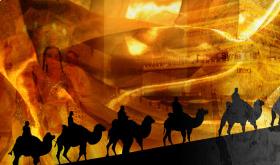
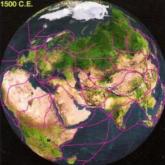







Already
around the year 500 AD of the European calender, the
Persians, Arabs, Africans, Javanese, Jews, Indians and Chinese created and
maintained a ‘global economy’. Whereby ‘the East’ enabled the rise of the West
through two main processes: diffusionism/assimilationism and appropriationism. Note that I use the term 'Middle East'
rather than 'West Asia' only because the former term is more recognizable to
the general reader.
First,
the Easterners created a global economy and global communications network after
500 along which the more advanced Eastern 'resource portfolios' (e.g. Eastern
ideas, institutions and technologies) diffused across to the West, where they
were subsequently assimilated, through what I call oriental globalisation.
And second, Western imperialism after 1492 led the Europeans to appropriate all
manner of Eastern economic resources to enable the rise of the West. In short,
the West did not autonomously pioneer its own development in the absence of
Eastern help. And finally the European ‘Globalization’ discourse completed by
the 1930’s, in fact emerged during the eighteenth and nineteenth centuries.
Thus the
Italian merchant communes can equally be seen as derivative of the wider
innovative developments pioneered in the Eastern-led global economy. And the
European Renaissance and scientific revolution considered from the perspective
of the Islamic Middle East and North Africa instead of Tuscany.
|
Historical
Truth in the Age of Globalization, P.1 The map
below shows trade routs around 1400, and although
this was followed by the so-called European “age of discovery” globalisation of course began well before 1500, as
regional civilisations were never insulated from
each other. So rather than the manufactured clash of civilizations, as
pointed out in my seminar of February 14-15, 2004, we need to
concentrate on the slow working together of cultures from the East,
that reject the constructed bipolarism of East and West. By rediscovering
from an unbiased position the global-collective past we make possible a
better future for all, so this is what we take a look at here. The Myth of
The Industrial Revolution (Historical Truth in the Age of Globalization, P.3) Western
states have been far less rational and democratic during the period of the
breakthrough than has been proposed by western scholars during the 20th
century. This necessarily falsifies the claim that the East and West have
been separated by a civilizational Great Divide, and robs Euro centrism
of its principal explanation of the rise of the West. The fundamental issue
now at stake, therefore, concerns locating a more appropriate question with
which to begin our analysis of the rise of the West, plus the development of
a more appropriate answer. |
The Myth of
1492 (Historical Truth in the Age of Globalization, P.2) Systema
Naturae (1735), described four races of man within a hierarchy: white,
yellow, red and black (with the whites at the top). Then in 1758 Carl
Linnaeus divided genus homo into two: the second group included the
orang-outang and certain wild men who could not speak but none the less had
emotions. Because the Blacks were placed one notch above the 'tail-less'
orang-outang, and because the gradations between each member on the scale
were small, it was concluded that the Negro was at the bottom of human civilisation standing only just above the orang-outang. What the
East Thought the West (Historical Truth in the Age of Globalization, P.4) In 1999
my history of ideas of “Reformed Aryans, in East and West”, concluded that
had racism not existed and had the West viewed the Eastern peoples as equal
human beings, imperialism might never have occurred. The next step seemed as
Henry Reynolds pointed out the same year;” Perhaps the strongest reason
for researching the Afro-Asian (see his “Black Pioneers” 2000) is the
realization that they had made a significant contribution to the development
of the West”. In today’s lecture “What the East Thought the West” I now
present related issues in a wider context. |
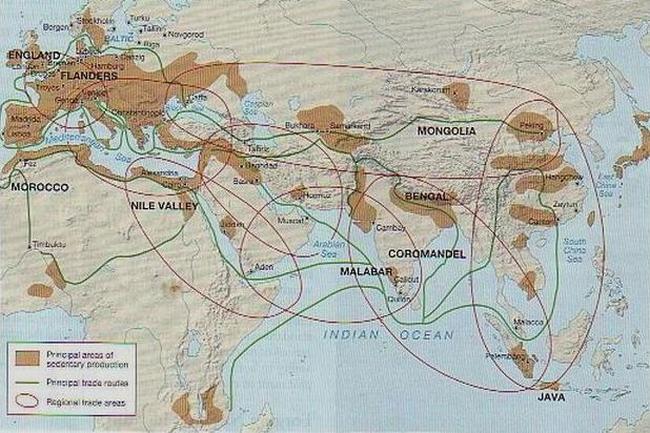
Colonialism and Industrialisation:
History's Revenge in the Age of Globalization
The greatest legacy
of the Portuguese, Dutch, and English, seaborne 'empire' as we have seen above
thus was not how much but how little things changed in terms of Asia's
dominance of the global economy between 1500 and 1750/1800. The conclusion is
hard to avoid: the 'European age' or the 'Vasco da Gama epoch of Asia' turns
out to be but retrospective Eurocentric wishful thinking. In fact South and S.East Asia, Japan, China as well as the Ottoman and
Persian empires were economically and politically strong enough to resist the
European incursion, at least until about 1800.
In fact la
chinoiserie, from porcelain and silks to politics and philosophy, was very much
in vogue in mid-eighteenth-century France. The notion that political and social
systems could be improved by imitating the Chinese was shared by renowned
European philosophes from Leibnitz to Voltaire. (See J. Baruzzi, Leibnitz et l'organisation de la terre,
Paris, 1909.) They believed that China might help
ruling elites to solve the most perplexing political puzzle of the century -
how to introduce Enlightenment ideas without disturbing the political and
social foundations of absolutist regimes. The best supporting evidence for
this, of course, is to be found in Mtontesquieu's
Esprit des lois, Us. 8 and 9.

From the
late 19th to the mid-20th century, most migratory flows originated in Europe
and Asia and were destined for core countries. But since the end of World War
II and the decline of the European colonial empires, new regions have become
the target of migratory flows. Current figures show that although many migrants
are still moving to core regions, not all are. There are also major patterns of
migration within Southeast Asia, the Middle East and North Africa, Sub-Saharan
Africa, and Latin America. Thus, at the same time that there are global flows
of migrants, there are also significant regional flows.
History of Globalization: In and out of India P.1: The First Trade-Wars.
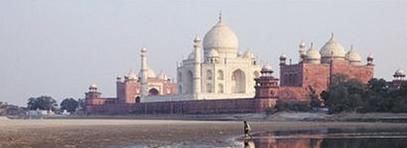
History of Globalization: In and out of India
P.2: The First Multinational Companies.
|
|
Globalization and Economics: A Search for the Holy
Grail?
Humans tend to see
themselves as living in a civilization. And they understand civilization to be centred on a shared destiny, often called the public good.
Today our obsession with a certain kind of austere, abstracted measurement is
closely tied to the idea of a civilization that believes it is being led by
economics. That sort of leadership involves a bizarre contradiction: an
aggressive certainty that these economics can be measured with great precision
versus a passive certainty that they can only very marginally be shaped.
Aggressive on the details, passive on the larger
picture.
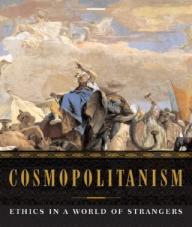
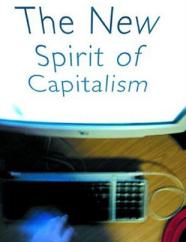
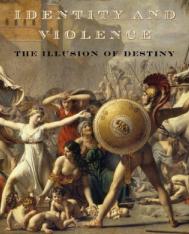
A recent bestseller
titled “The World is Flat,” is constructed from powerful metaphors and vivid
images backed up by a few personal anecdotes. But of course it is not true. The
real facts, which would undermine the flat-earth metaphor, remain invisible or
nearly so, because we are so conditioned to connect the-image dots. The
argument of a race to the top, driven by more and better education everywhere,
could easily turn the argument around. The flat world is a threat, and the only
way to keep out threats is to close our borders and close our minds. Where a
few places, are on the leading edge of how to build a society with a constantly
evolving set of citizens and cultures, others are in
complete denial of what is happening to them or soon will happen.
March 17, 2006: Postscript: Where did all the Money Go?
For updates
click homepage here


